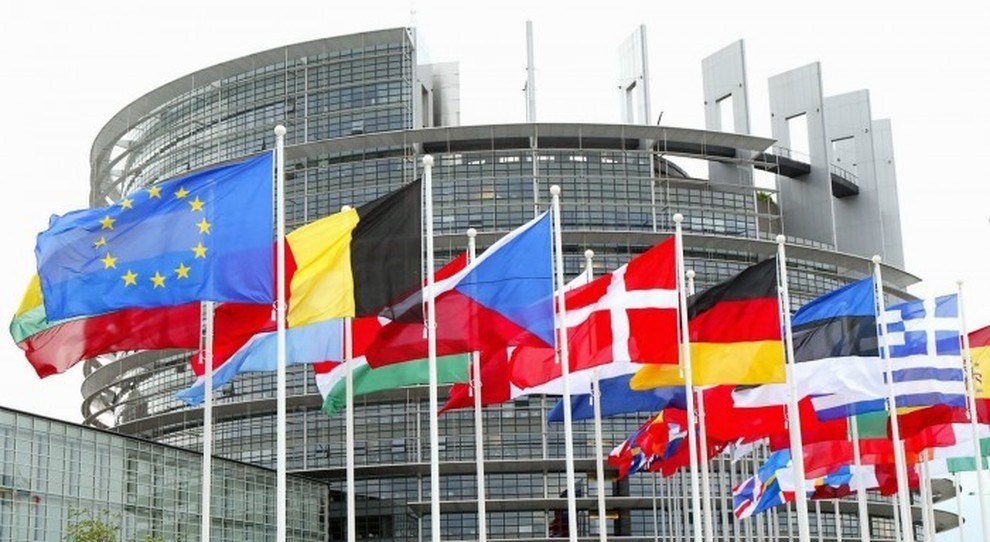In the previous episode of the series “Towards Capital Markets Union” we explained what the ELTIF funds are and why this vehicle is fundamental for October’s international expansion. In this third episode, we will analyse the proposal of EU Commission for a regulation on European crowdfunding providers.

What’s the scope of the regulation?
The aim of this initiative is to create a set of shared rules for crowdfunding platforms, overcoming the differences between national regulations and allowing them to operate on an international scale.
The content of the proposal can be divided into two parts: on one side, the provisions related to investor protection and on the other side, more general provisions concerning platforms operations.
How does the regulation protect the lenders?
- Eligibility test. In order to fully understand projects-related risks, lenders shall perform a test on their eligibility for the investment.
- Default rates. To ensure the highest degree of transparency, platforms shall indicate the default rates on the amounts lent. At October, we publish all our key figures & numbers on a monthly basis in the Statistics page of our website.
- Key investment information sheet. The prospectus shall contain relevant information for lenders (such as company profile and sector, returns, type of instrument).

What are the provisions regarding platforms operations?
- Conflict of interest. The regulation prohibits both platform shareholders and managers from participating in the financing of projects. Actually, the full alignment of interests between all the platform stakeholders can only be ensured if they are allowed to invest together, as long as this is done in a systematic and transparent way as at October.
- 1.000.000€ threshold per year per company. The original limit prevents platforms from reaching the volumes needed to grow and have an international dimension. This is why the actors involved in the market have expressed the need to raise the limit to at least 5 or 8 million.
- Marketing. The regulation prohibits to communicate the campaigns published on the platform. Marketing activities are a fundamental part of the business model of crowdfunding platforms; a suitable solution could be to allow differentiated marketing activities based on objective criteria that will be published on the platform and made available to the public.
October has actively participated in the preparatory work of the Regulation proposal. We are convinced that the adoption of a clear and uniform regulatory framework benefits not only platforms, but also private lenders, companies and the economies of European states. Now that tools are ready, it is up to platforms to seize the opportunities and offer European businesses suitable tools to support their growth.